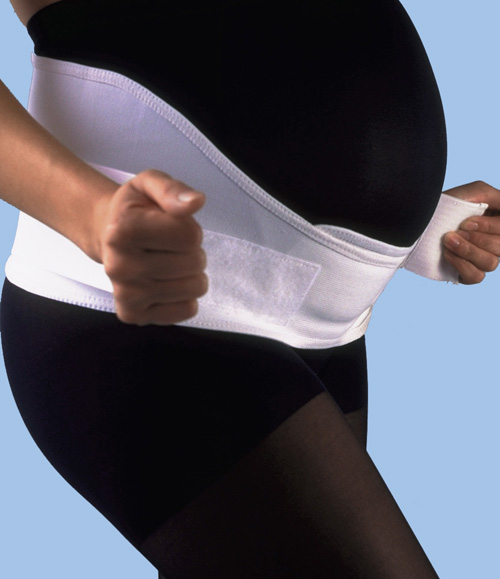
Deep Vein Thrombosis, or DVT, is the formation of a blood clot in a deep vein. It usually occurs in the leg, though they can occasionally occur in the arms or the pelvis.
Though sometimes occurring without symptoms, a DVT will usually become swollen and painful. Red or discolored skin, as well as a feeling of increased warmth, are also common symptoms.
Of course, since it is technically a blood clot, a DVT has the potential to be lethal. Any time a clot in a vein breaks loose and travels through the bloodstream, it has the possibility of reaching the lung. Though not likely, a DVT could potentially enter the bloodstream and lodge in a lung, causing a pulmonary embolism, a serious condition that can cause death.
It has been well-documented that a good
compression stocking can be the key to averting circulatory problems such as Deep Vein Thrombosis (DVT). Since they are tight around the ankle and become looser as they go up the leg, compression stockings cause a gentle pressure up the leg, helping to prevent DVTs and other forms of blood clots.
Someone suffering from DVT should consult their doctor immediately. However, for someone concerned about the dangers of DVT, a pair of 8-15 mmHg or 15-20 mmHg
compression stockings will go a long way in helping prevent this unpleasant condition.




